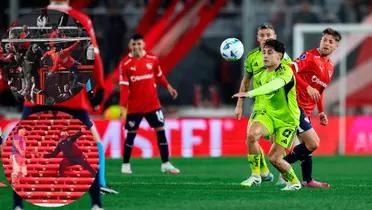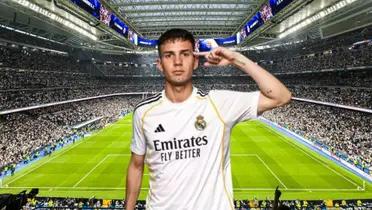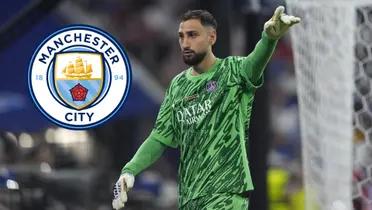What does MP mean in soccer?
A more complicated position than you might think and with different roles that vary depending on the player on duty.

In the world of sports, there are many tactics and formations for optimal team performance. In the early days of soccer, positions used to be very static and fixed. Now, with the evolution of various coaches, the roles are evolving and there are certainly modern positions. Such is the case of the playmaker or attacking midfielder, who operates in many ways on the field.
A playmaker is an attacking midfielder who operates in the spaces between the midfield and the forward line. He usually receives the ball between the midfield and the opponent's defense, an area often referred to as "between the lines".
More related news:
Carlos Vela's slap in the face to Chicharito now that he wants to go to the World Cup
Ochoa earns 4.5 million in America but the MLS offers him this millionaire salary
The classic playmaker used to wear the number 10, which is why in some places, such as the United Kingdom, he is called by that number. In Argentina, meanwhile, he is called enganche, to describe his importance in the connection between the midfield and the attack. When teams began to move from the 4-3-3-3 of the 1970s to the 4-3-1-2 or 4-4-2 diamond formation of the 1980s, the enganche became even more important.
The classic playmaker had few defensive responsibilities, often playing a free role. When his team was defending, he would look for space to receive a pass and launch a counterattack. While the rest of the midfield was fighting to regain possession and defending the central areas, the playmaker was thinking about how to take advantage of the situation when his team had the ball.
What are the advantages of playing with a playmaker?

Playing with a playmaker makes it more likely that a team will access the space between the lines. When this happens, a team is more likely to create chances. This is particularly true against teams that are organized with two horizontal defensive lines, such as in the 4-4-2.
Some of the great midfielders in recent soccer history include Mesut Ozil, Thomas Muller, Bruno Fernandes and Paulo Dybala. All of them, skillful dribblers, with great lucidity in tight spaces and with the facility to filter balls between spaces for the forwards and wingers of the team.Two of the midfielders with the greatest representation of this in all history were Diego Maradona with Napoli and Ricardo Kaka with AC Milan.
More news

THE GANG IS HERE! First Argentine Stars Arrive in Buenos Aires for Final Qualifier Push!
01/09/2025

THE LAST DANCE! Lionel Messi Confirms His Final World Cup Qualifier in Argentina!
29/08/2025

TRANSFER COLLAPSES! Julio Enciso Fails Medical Exams, Returns to Brighton!
27/08/2025

Vini doesn't feel entirely comfortable at Real Madrid anymore and is seeking a future at another club
26/08/2025

HERE WE GO! Piero Hincapié Says YES to Arsenal, Club Prepares Final Bid for Leverkusen Star!
26/08/2025

THE REAL MADRID SHOWDOWN: Nico Paz's Future Sparks a Bidding War Across Europe!
25/08/2025

SOUTH AMERICAN SHAME: Independiente vs. U. de Chile Match Canceled After Horrific Incidents!
21/08/2025

Rodrygo Benched by Xabi Alonso: The End of an Era at Real Madrid?
20/08/2025

PARIS IN PARIS! The New Superclub, Paris FC, Rises to Threaten PSG-Marseille Rivalry!
20/08/2025

PSG’s €850M Budget is 30x Larger Than the Smallest in Ligue 1!
19/08/2025

THE DEBUTS ARE HERE! Estupiñán & Modrić Step Onto the San Siro Stage!
18/08/2025

CONTROVERSY IGNITES! Barcelona Opens Season with a Contested 2-0 Victory Over Mallorca!
18/08/2025

SCANDAL ESCALATES: Donnarumma's Harsh Letter Responds to Luis Enrique's Super Cup Snub!
15/08/2025

Franco Mastantuono: A New Number 30 for Real Madrid with a Nod to the Past
14/08/2025

HISTORY MADE! PSG Wins First-Ever Super Cup Title in Thrilling Penalty Shootout!
14/08/2025

Mastantuono Arrives at Valdebebas for Real Madrid Presentation
13/08/2025

ON AND OFF THE PITCH: Is Nicki Nicole the New WAG of Barcelona's Lamine Yamal?
13/08/2025

Donnarumma Bids Farewell to Paris Saint-Germain at the Peak of His Career
13/08/2025



